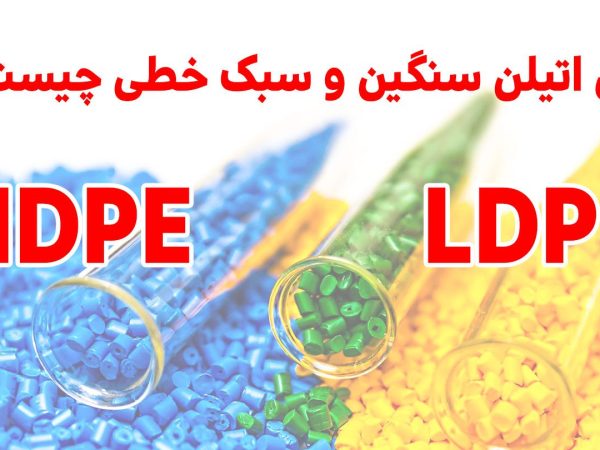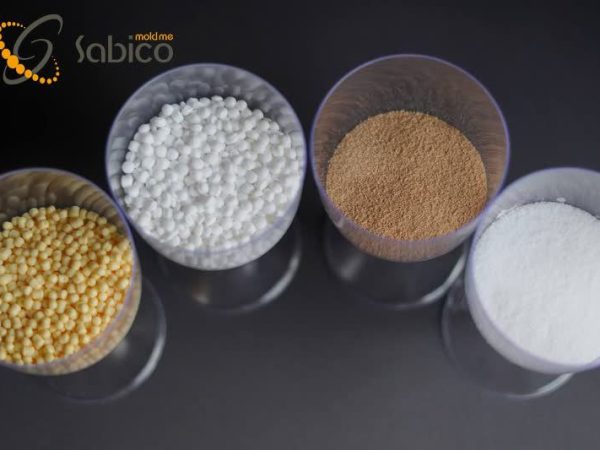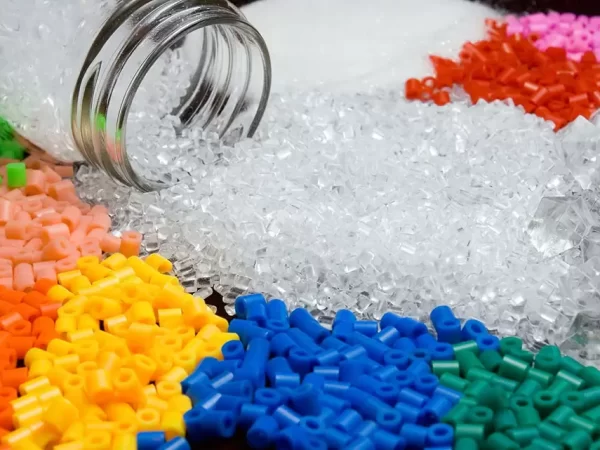
3840 compound in sabico
Introduction
Polyethylene is one of the most widely used and successful thermoplastic polymers in the global industry. Due to its unique properties—such as high chemical resistance, adequate flexibility, light weight, and cost-effective production—it is employed in a wide range of applications, especially in pressure piping systems. Among these, the polyethylene 3840 compound stands out as an advanced and specialized grade, which, through structural modifications and special additives, has achieved a significantly higher level of mechanical performance and durability.
Consequently, pipes made from this compound have become reliable alternatives to traditional materials like steel and cast iron, owing to their ability to withstand high pressures, significant resistance to stress cracking, and compatibility with diverse environmental conditions. Therefore, this article aims to present a detailed study of the physical and mechanical properties of polyethylene 3840 compound and to examine their impact on pipe performance under real-world conditions.
3840 compound in sabico

Chemical Composition and Structure of Polyethylene 3840 Compound
The polyethylene 3840 compound is primarily based on high-density polyethylene (HDPE) and contains a proportion of carbon black, which enhances UV resistance. Moreover, it includes thermal stabilizers that help maintain its properties at elevated temperatures. Its molecular structure is specifically designed with long and semi-crystalline chains, resulting in high tensile strength and suitable toughness. In addition to these, additives such as antioxidants and anti-crack agents further increase the lifespan and reduce the likelihood of sudden pipe failure.
3840 compound in sabico
Physical Properties of Polyethylene 3840 Compound
| Property | Value | Description |
|---|---|---|
| Density | 0.945 – 0.955 g/cm³ | Low specific gravity for lightweight products |
| Melting Point | 130 – 135 °C | Standard HDPE melting range |
| Thermal Resistance | Up to 120 °C | Ability to withstand high temperatures |
| Chemical Resistance | Very high | Stability against acids, bases, and solvents |
| UV Stability | Very high | Due to carbon black and stabilizers |
Mechanical Properties of Polyethylene 3840 Compound
| Property | Value | Importance in Piping Applications |
|---|---|---|
| Tensile Strength | 22 – 28 MPa | Resistance against internal pressures |
| Young’s Modulus | 800 – 1200 MPa | Shape retention and prevention of permanent deformation |
| Toughness and Impact Resistance | Very high | Prevention of failure under sudden impacts |
| Environmental Stress Crack Resistance (ESCR) | Very high | Longer pipe life under harsh operating conditions |
3840 compound in sabico
Importance of Mechanical and Physical Properties in Pressure Piping Applications
In pressure piping systems, polyethylene pipes must be capable of withstanding internal fluid pressures without cracking or deforming. This requirement is particularly critical in urban water supply, gas distribution, and sewage systems, where operating pressures typically range from 10 to 20 bar. Furthermore, the pipes must resist environmental stresses such as temperature fluctuations, mechanical impacts, and corrosive conditions. Hence, the polyethylene 3840 compound, with its superior physical and mechanical properties, enables the design of safe, durable, and cost-effective piping systems.
3840 compound in sabico
Manufacturing Process and Processability
The extrusion process for compound 3840, when combined with precise control over temperature and molding speed, allows for the production of pipes with high surface quality and uniformity. Additionally, the thermal welding capability of these pipes is a significant advantage, as it facilitates field installation and enhances joint durability. Notably, the presence of special additives optimizes both processing temperature and processability, enabling production in various thicknesses and thus increasing the compound’s versatility.
3840 compound in sabico
Case Study: Water Transfer Pipeline Project in a Mountainous Region
In a water transfer project spanning over 40 kilometers in a mountainous area with wide temperature variations, pipes made from polyethylene 3840 compound were utilized. Due to the challenging geography and severe temperature fluctuations, pipes with very high mechanical strength and flexibility were essential. Field tests demonstrated that the pipes operated under working pressures up to 16 bar without any failure, cracking, or noticeable deformation. Moreover, their excellent UV resistance contributed to reducing maintenance costs and extending the system’s service life to over 50 years.
3840 compound in sabico
Tables and Charts
| Property | PE Compound 3840 | Regular Polyethylene | Steel | Cast Iron |
|---|---|---|---|---|
| Tensile Strength (MPa) | 25 | 18 | 350 | 250 |
| Young’s Modulus (GPa) | 1.0 | 0.8 | 200 | 120 |
| Toughness | Very high | Medium | Low | Low |
| Corrosion Resistance | Very high | High | Low | Medium |
| Density (g/cm³) | 0.947 | 0.94 | 7.85 | 7.2 |
(Charts illustrating mechanical property changes at different temperatures and pressure endurance over time can be provided if needed.)
3840 compound in sabico
Conclusion
In conclusion, the polyethylene 3840 compound, as an advanced material in the pressure piping industry, has established a significant position by providing an optimal balance of physical and mechanical properties. Its high pressure resistance, appropriate toughness, excellent stress crack resistance, and environmental durability have collectively increased safety while simultaneously reducing operational and maintenance costs. Furthermore, its good processability enables the production of high-quality, long-lasting pipes. Field studies also confirm the excellent performance of this material under real operating conditions. Therefore, the use of polyethylene 3840 compound can significantly enhance the performance and durability of pressure piping systems.
References
-
A. Smith, Polyethylene Materials: Properties and Applications, Polymer Science Journal, 2020.
-
J. Lee et al., “Mechanical Behavior of HDPE Compounds under Pressure,” Journal of Applied Polymer Science, 2019.
-
National Iranian Standard – Polyethylene Pipes for Pressure Applications, ISIRI 13063, 2018.
-
M. Johnson, Industrial Applications of Polyethylene in Water Supply, Industrial Polymers, 2021.
-
K. Thomas, “Effect of Additives on HDPE Performance in Pressure Applications,” Polymer Engineering and Science, 2022.


